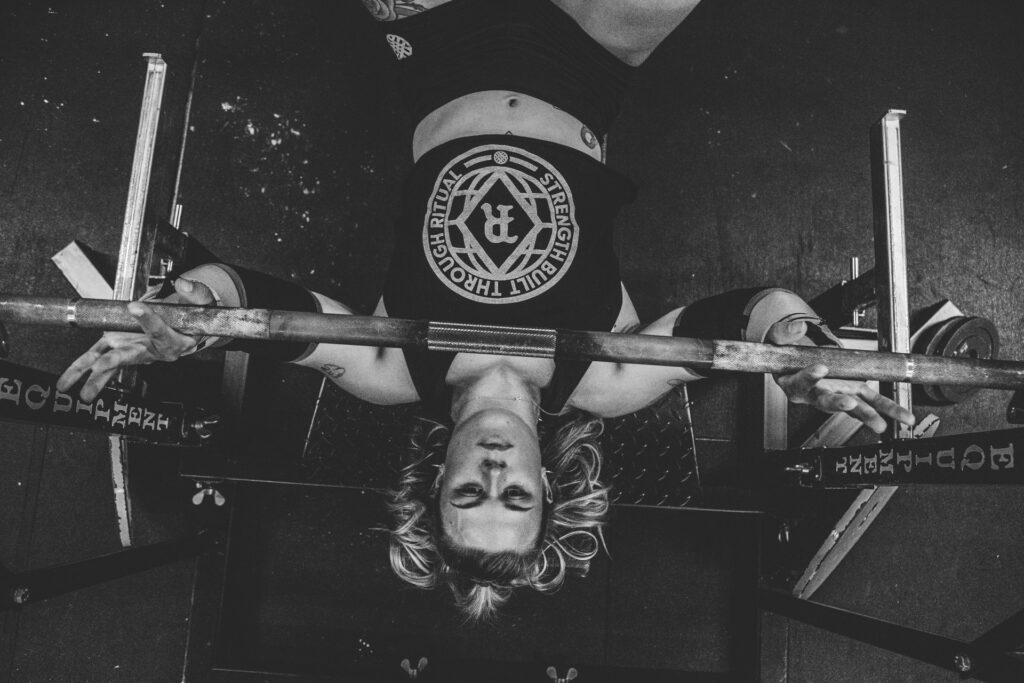Are you struggling to break through your lifting plateau? Can’t seem to get past your sticking points? Well, my friend, it’s time to switch up your training routine and give isometric training a shot.
Isometric training typically involves holding a static position or contraction without any movement, and it’s a great way to target specific muscles and improve strength at specific points in the range of motion. By incorporating isometric training into your routine, you can strengthen weak points and break through plateaus.
Whether you’re a powerlifter, bodybuilder, or athlete, isometric training can benefit you in a number of ways. It’s a low-impact, joint-friendly way to add variety to your routine and challenge your muscles in new ways. Plus, it’s a great way to build mental toughness and improve your mind-muscle connection.
In this article, we’ll dive into the specifics of isometric training and how it can help you overcome sticking points in your lifts. So get ready to add some new tools to your training toolbox and break through those plateaus once and for all.
Table of Contents
Isometric training definition and uses
Isometric training is a type of strength training that involves holding a static position or contraction without any movement. Unlike traditional resistance training, which involves moving the weight through a range of motion, isometric training focuses on holding the weight at a specific point in the range of motion.
Isometric training can be used for a variety of purposes, including improving strength, building muscle mass, and improving joint stability. It’s also a great way to target specific muscles and improve strength at specific points in the range of motion.
One of the benefits of isometric training is that it’s a low-impact, joint-friendly way to add variety to your routine and challenge your muscles in new ways. It’s also a great way to improve your mental toughness and focus, as holding a static contraction for an extended period of time can be mentally challenging.
Isometric training can be used for a variety of exercises, including squats, deadlifts, bench press, and shoulder press. By incorporating isometric training into your routine, you can improve your overall strength and performance, as well as target specific weak points in your lifts.
Isometric strength
Isometrics are often overlooked by many coaches. This training method allows your athletes to build strength in a specific range of motion to aid them in overcoming the sticking points. Isometrics are not that useful for improving the strength in the whole range of motion but there are some hacks that can be applied to improve their efficacy and training transfer. Before I move on to the strategy itself, first, I want to thank Josh Bryant for teaching me all of that and list some of the benefits that come with utilising isometric training into the routines of your athletes:
- Increased strength in a specific range of motion
- The ability to generate more force during the isometric contraction
- They’re a safe way to overload your athletes as you can do them even with an empty bar
- They can be implemented to teach how to generate max force for longer
- Can be used to shock the body with a different stimuli and force adaptations
As you can see, there are a couple of useful features of isometric training and isometrics indeed can be applied to improve your training strategy and make your athletes surpass their old PBs and blast out some new records.
Overcoming isometrics
First thing you need to know is that you will be better off going to the gym than buying an isometric trainer. The isometrics usually transfer up to 15-20 degrees join angle so they are usually utilised to build more strength in a specific range of motion. This, however, can be worked around by instructing the athlete to push in more than one position. Typically, if you want more transfer to the full range of motion, I would recommend you instruct your athletes to push at the fully stretched position, approximately halfway through and at the end range of motion (not fully locked out though). Training this way, you can expect a solid transfer to the whole ROM in the trained lift.
Another useful tip to increase the strength of your athletes at the sticking point is to combine isometric training with CAT training. That can be done by performing an isometric repetition at the sticking point and doing speed work straight after. Upon completion of the isometric repetition, your athletes will find it easier to push through the sticking point as their largest motor units will already be activated.
An important thing to note is also that in order to get the most out of isometric training, you would rather instruct the athlete to load the barbell with at least one plate and tell them to start the lift explosively, hit the safety pins and aggressively push through as if they were trying to break them. They literally must have the intent to cut through them. It will prepare their body for the real-life situations done in the competitive environment where the stretch reflex suddenly wears off and within the hundredths of a second, the athlete is pushed to the limits and required to instantly generate even more force to blast through the sticking point.
Mixing up dead stop work with isometrics is also a good idea. Charles Poliquin described that in his book “The Poliquin Principles” and called it “Functional Isometrics”. This method requires you to install 2 sets of pins and lift the weight from a dead point (that is from the pins) and then hit the seconds set of pins at the top. Upon completing a couple of repetitions, you would instruct your athlete to push as hard as they can and for as long as they can against the second set of pins during their last rep. Depending on the number of reps performed, you can use this method to build either base or maximal strength. Another tool you can utilise is isometric hold and you can read more about it here.
Isometric training
There are many protocols available on the internet and to be honest, most of them do work, however, when instructing my clients, I typically autoregulate these by watching how they perform. The most important cue that I can give you is to push until you are able to produce maximal force. When the force production drops down, you will not get expected benefits from such training therefore watch your athletes and as soon as you see them getting fatigued, terminate the exercise.
When it comes to me, I usually push for about 2 seconds as I am very efficient neurologically and suck at higher reps. When it comes to the sets, depending on if combining isometrics with other methods, I would typically go for 3-6 sets. Most of the sets I do are singles but if you want to accumulate more volume, doing 2, 3 or even 5 reps in a single set (In this case, I’d advise you to incorporate short rest periods between the reps).
P.S. Do not abuse them! They stop doing any good after a couple of weeks as your body adapts to them so use them in one training block and move on to another method in the subsequent block. Doing isometrics all year round can actually be detrimental to sports performance.




